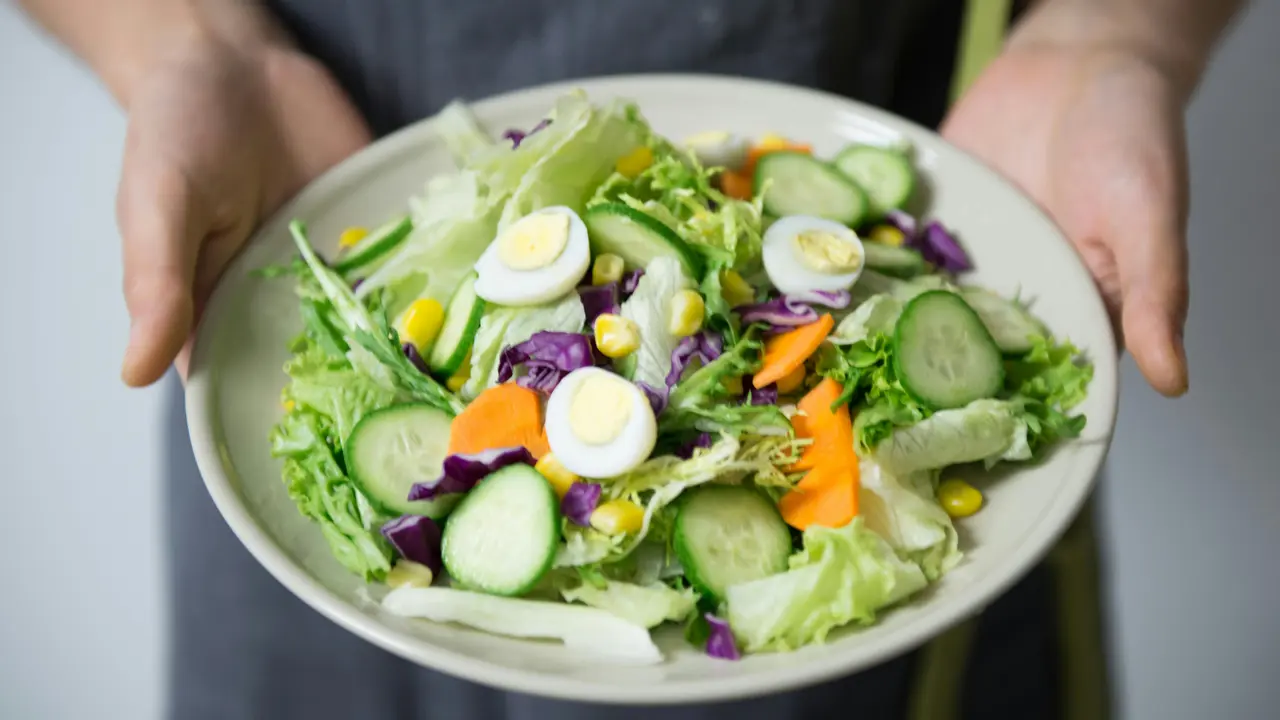Are you curious about how many carbs in a cheese slice? If you’ve ever wondered how this beloved dairy product fits into your diet, you’re not alone. In this article, we’ll dive into the nutritional content of cheese slices, explore the different types available, and uncover some surprising facts that may change the way you think about enjoying cheese. Let’s get started!
Understanding Carbohydrates in Cheese: How Many Carbs in a Cheese Slice?
The Basics of Carbohydrates
Before we delve into specific numbers, it’s important to understand what carbohydrates are. Carbs are one of the three macronutrients that provide energy in our diet, and they are often categorized into three main types:
- Sugars: Simple carbohydrates, like those found in fruits.
- Starches: Complex carbohydrates, such as those found in grains.
- Fiber: A type of carbohydrate that isn’t digested but is crucial for gut health.
Cheese and Its Carb Content
When it comes to cheese, one question arises: how many carbs in a cheese slice? Most cheese varieties are low in carbohydrates, especially those that are hard or aged. On average, a standard slice of cheese contains approximately:
- 1 gram of carbohydrates: This is typical for cheddar, mozzarella, and Swiss cheese.
- 0 grams of carbohydrates: Some cheeses, like parmesan and blue cheese, may have negligible amounts.
It’s essential to note that the carb content can vary based on the brand and processing methods used.
Different Types of Cheese Slices: Carbs Per Variety
Popular Cheese Varieties and Their Carb Counts
Now that we know the general amount of carbs in a cheese slice, let’s break it down by popular varieties:
- Cheddar: About 1 gram of carbs per slice.
- Swiss: Roughly 1 gram of carbs per slice, very similar to cheddar.
- American Cheese: Typically around 2 grams of carbs per slice due to added ingredients.
- Mozzarella: Approximately 1 gram of carbs per slice, depending on whether it’s fresh or processed.
- Brie: Contains about 0.5 grams of carbs per slice, making it a great option for low-carb diets.
How Processing Affects Carb Content
Processing can significantly affect how many carbs in a cheese slice. Processed cheeses, often found in pre-packaged slices, may contain additional ingredients like stabilizers and fillers that can increase carb content. It’s always best to check the nutritional label to confirm exact amounts and opt for natural cheeses whenever possible for a healthier choice.
Benefits of Cheese in Your Diet despite Carbs
Nutritional Advantages of Cheese
Despite the concern about carbs, cheese also offers a variety of nutritional benefits:
- Rich in Calcium: Essential for bone health and muscle function.
- High in Protein: Supports muscle growth and repair.
- Source of Healthy Fats: Beneficial for heart health in moderation.
Cheese in Low-Carb and Keto Diets
For those following low-carb or ketogenic diets, cheese is a popular food choice. With its low carbohydrate content, it fits perfectly into meal plans where reducing carbs is crucial. Nevertheless, portion control is essential to avoid excess calorie intake, even with foods that are lower in carbs.
Frequently Asked Questions About Carbs in Cheese
How to Incorporate Cheese Into Your Diet?
Here are some delicious and healthy ways to enjoy cheese while keeping track of your carb intake:
- Add cheese to salads for extra flavor and protein.
- Use cheese as a topping for vegetables or meats to enhance taste.
- Enjoy cheese boards with nuts and low-carb vegetables for a healthy snack.
Can People with Lactose Intolerance Eat Cheese?
Many people with lactose intolerance can still enjoy cheese, specifically aged varieties like cheddar and parmesan, which contain lower levels of lactose. For more mild varieties, lactose-free options are widely available.
Conclusion
In summary, the query “how many carbs in a cheese slice” reveals that most cheese varieties are surprisingly low in carbohydrates, making them a great addition to many diets. With around 1 gram of carbs per slice on average, cheese offers nutritional benefits that can enhance both flavor and satisfaction in your meals. Don’t hesitate to incorporate your favorite types of cheese into your diet, and remember to check labels for specific carb content. If you found this information helpful, consider sharing it with friends or exploring more articles on healthy eating!
Carbs – Recent Articles
- How Many Carbs Are in Chick-fil-A Cobb Salad? Find Out Here!
- How Many Carbs Are in One Kiwi? Discover the Surprising Facts!
- How Many Carbs in a Pumpkin Pie? Find Out the Sweet Truth!
- How Many Carbs in Kielbasa? Discover the Surprising Truth!
- How Many Carbs in a Boiled Potato? Discover the Surprising Truth!
Carbs – Useful Links
- Harvard T.H. Chan — Carbohydrates (The Nutrition Source)
- Harvard T.H. Chan — Carbohydrates and Blood Sugar
- Oklahoma State University Extension — Carbohydrates in the Diet
- Colorado State University Extension (Food Smart Colorado) — Carbohydrates
- Mayo Clinic — Carbohydrates: How carbs fit into a healthy diet
